this time in Savannah, Georgia - May 22, 2010

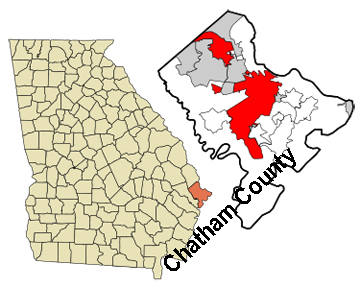
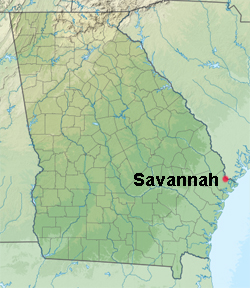
took their 2nd Segway tour (with many
more to come in the future) this time in Savannah, Georgia - May 22, 2010 |
   |
| Savannah is the largest city in Chatham County Georgia. The city of Savannah was established in 1733 and was the colonial capital of the Province of Georgia and later the first state capital of Georgia. Savannah is credited as being America's first planned city. The City is laid out in a series of grids that allow for wide open streets intertwined with shady public squares and parks that served as town meeting places and centers of business. Savannah had 24 original squares with 21 still in existence. |
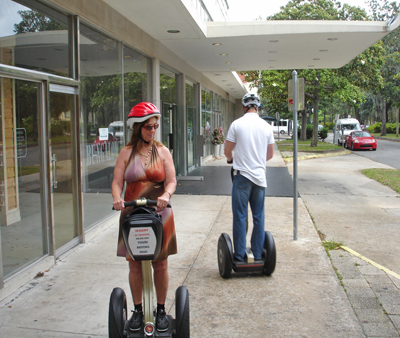 |
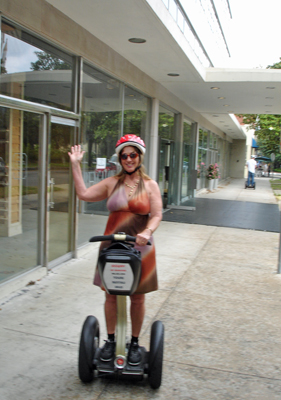 |
Below: Karen Duquette had
to temporarily put on a rain poncho while riding the Segway. |
|
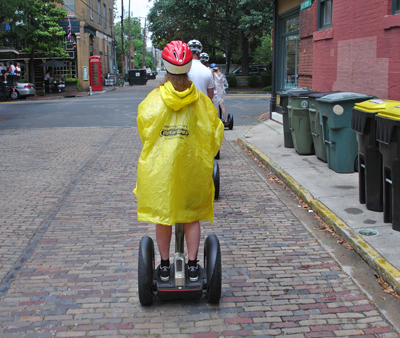 |
|
 Savannah, Georgia was
laid out in 1733 around 4 open squares. The plan anticipated growth of the
city and thus expansion of the grid; additional squares were added during
the 18th and n19th centuries, and by 1851 there were 24 squares in the city.
In the 20th century 3 of the squares were demolished or altered beyond recognition,
leaving 21. In 2010, one of the 3 "lost" squares, Ellis, was reclaimed.
Most of Savannah's squares are named in honor or in memory of a person,
persons or historical event, and many contain monuments, markers, memorials,
statues, plaques, and other tributes. Savannah, Georgia was
laid out in 1733 around 4 open squares. The plan anticipated growth of the
city and thus expansion of the grid; additional squares were added during
the 18th and n19th centuries, and by 1851 there were 24 squares in the city.
In the 20th century 3 of the squares were demolished or altered beyond recognition,
leaving 21. In 2010, one of the 3 "lost" squares, Ellis, was reclaimed.
Most of Savannah's squares are named in honor or in memory of a person,
persons or historical event, and many contain monuments, markers, memorials,
statues, plaques, and other tributes. |
|
 |
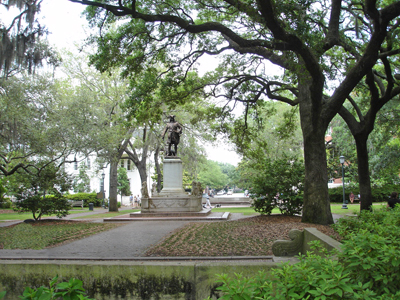 |
 |
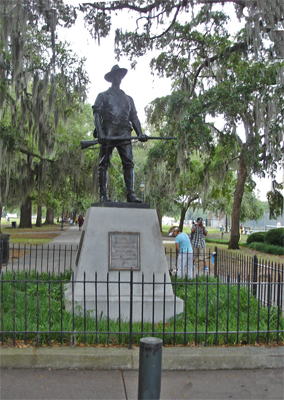 |
| Below: Savannah's Marine Corp. Memorial, erected in 1947 By The Savannah Detachment Marine Corps League.
|
|
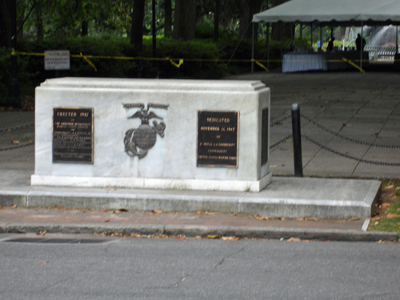 |
|
| Below: Savannah Georgia is the birthplace of Juliette Gordon Low, multi-talented, quirky and severely hearing impaired, and founder of the Girl Scouts in 1912. She became one of the most significant American women of her time; a sculptor not only of clay but also young women's lives, she gave the girls of America and the world the career opportunities, outdoor activities and the fun they so desperately wanted. | |
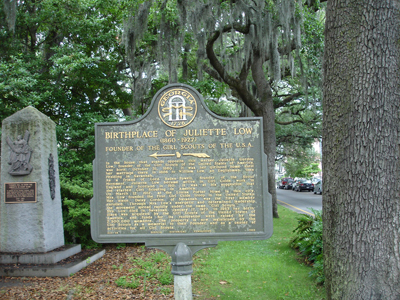 |
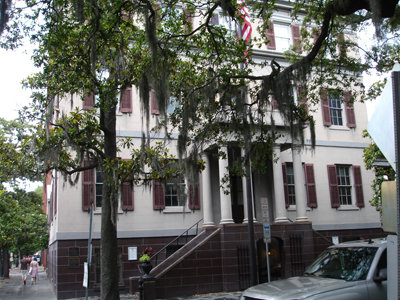 |
 The
Davenport House was completed circa 1820 by master builder Isaiah Davenport
and his crew. He owned 9 slaves. Isaiah lived in the home with his family
until his death from yellow fever in 1827. The
Davenport House was completed circa 1820 by master builder Isaiah Davenport
and his crew. He owned 9 slaves. Isaiah lived in the home with his family
until his death from yellow fever in 1827.
Sarah Davenport was able to keep her family's home until 1840 by renting out the skilled labor of her slaves and renting out rooms after the death of her husband. When she sold the Davenport House, she moved to another residence in the downtown area and opened it as a boarding house. By the early 20th century, the Davenport House had become a tenement, housing as many as 10 families in its rooms. Savannah's city market building was demolished in 1954 and the Davenport House was slated to be torn down in 1955 in order to make room for a parking lot for a funeral home that was located across the street. Seven prominent Savannah women did not want to lose another historic building, so they banded together to raise the $22,500 needed to purchase the house. Saving the Davenport House from the wrecking ball was the founding act of the Historic Savannah Foundation. The house was used as office space until enough money could be raised to restore it. It opened as a museum in 1963 and underwent a second restoration in 2000-03 in order to return the house to its original 1820s state. |
|
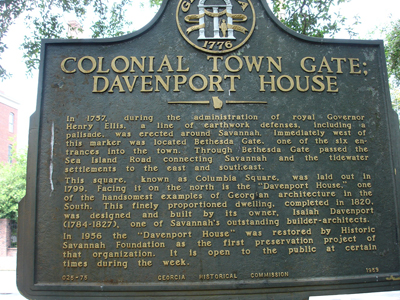 |
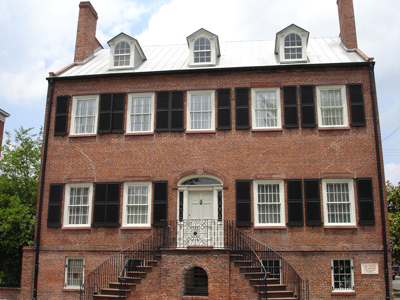 |
Below: A haunted B and B |
Below: One of the streets in Savannah,
Georgia |
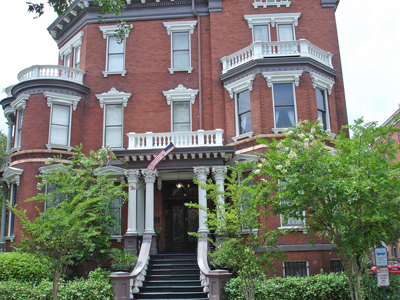 |
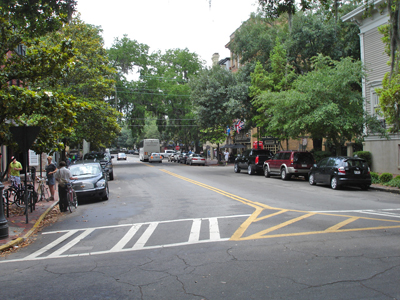 |
Below: The F.B.I. building
and reserved parking sign. |
|
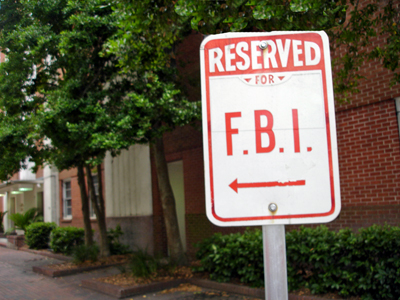 |
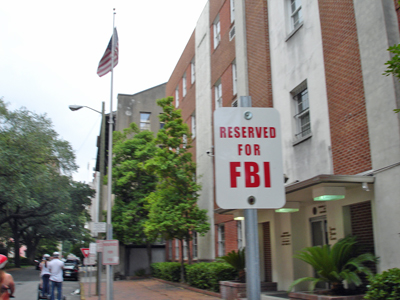 |
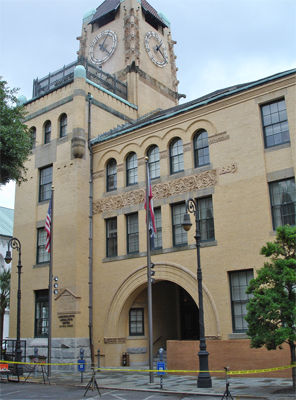 |
|
Below: A few
of the churches in Savannah, Georgia - photos taken by Karen Duquette
while riding a Segway. |
|
Independent Presbyterian Church |
The Cathedral of Saint John the Baptist |
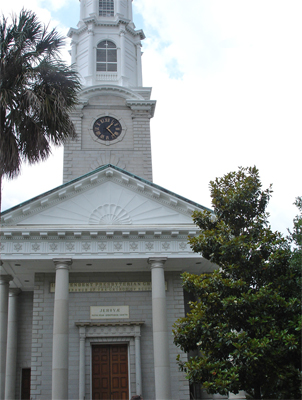 |
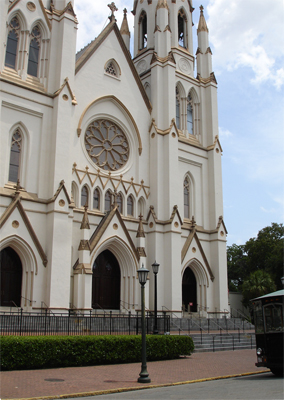 |
| Below: Temple Mickve Israel - the third oldest Jewish Congregation in America - The First Synagogue in Georgia | |
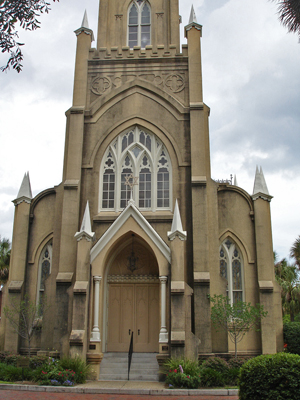 |
|
| Below: Savannah's architecture tells the story of one of the south's most intriguing cities. A casual stroll through Savannah's Historic District reveals the influences of Europe in the many mansions, storefronts and museums that line the historic streets and squares. | |
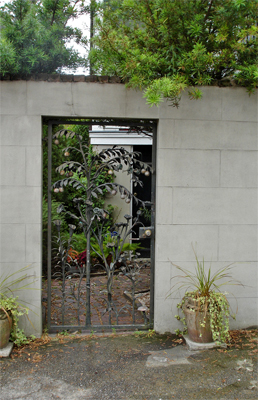 |
|
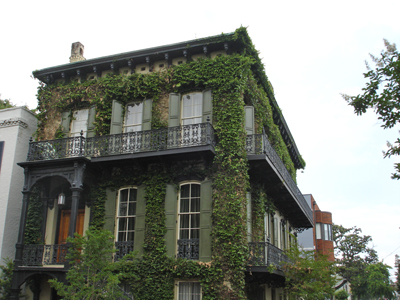 |
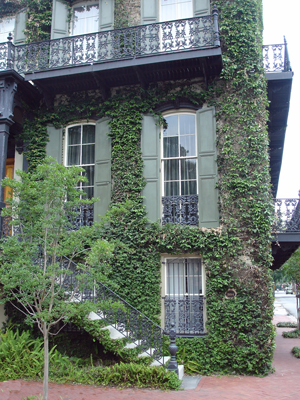 |
| Below: The "Big Duke" Fire Alarm Bell was constructed in 1872 and is located in the median of Oglethorpe Avenue, near Fire Department headquarters. It was originally constructed as a fire alarm bell for the City of Savannah, but soon evolved to a general alarm bell to call the police or military. It was also used to announce special occasions such as the end of the Spanish-American War and to welcome home the troops of various wars. No longer used for its original purpose, the Bell was dedicated as a memorial to firefighters in 1985. | |
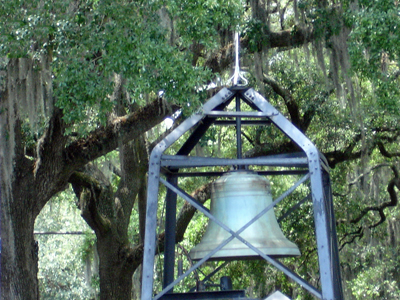 |
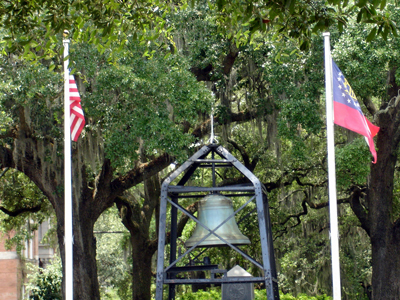 |
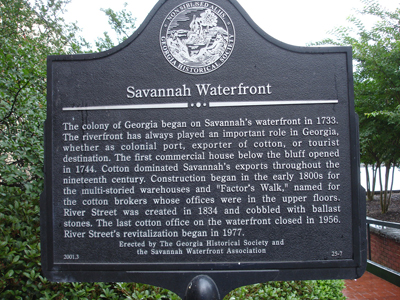 |
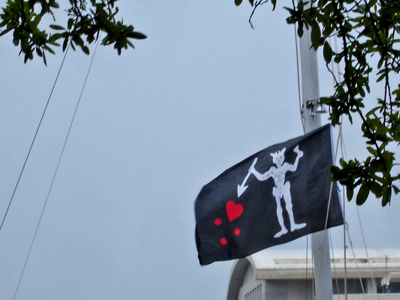 |
| Below: River Street is a narrow cobblestone road that runs along the Savannah River on the northeast edge of town, a one-way street with trolley tours. The bridge that spans the river and the massive ships that sail under it are beautiful. Block after block of little storefronts with handmade jewelry, souvenirs, and knick knacks galore, plus lots of restaurants. In the below photo on the right, the white streaks you see in the photo are actually rain drops pouring on Karen's head. | |
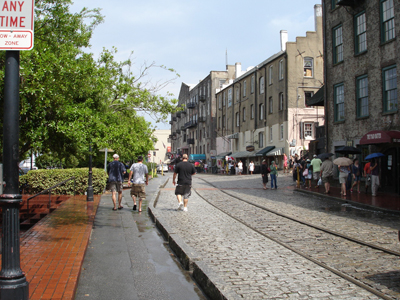 |
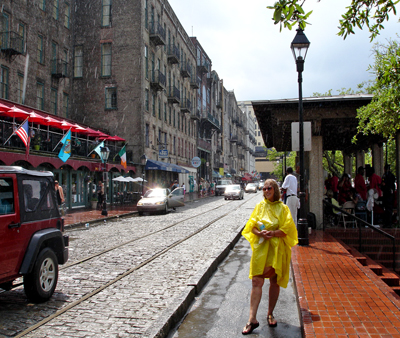 |
| Below: The Picturesque Savannah River with the New Talmadge Memorial Bridge in the background, and a very wet entertainment area. | |
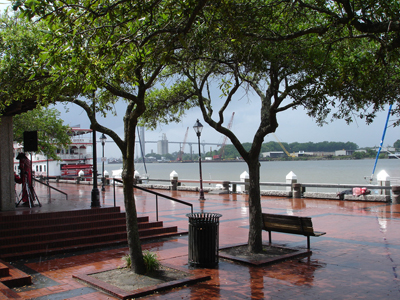 |
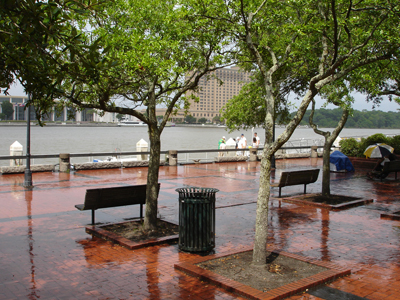 Below: Below:
|
| Below: Riverboats relive a bygone era on sightseeing cruises with tales and historic facts about the history of Savannah and her port modern day and past, as it travels a river once used by the founders of this beautiful city. The boats have large-pane window views from the dining rooms and a canopied, open-air third deck. It is a one-hour cruise. Snacks and soft drinks available onboard. | |
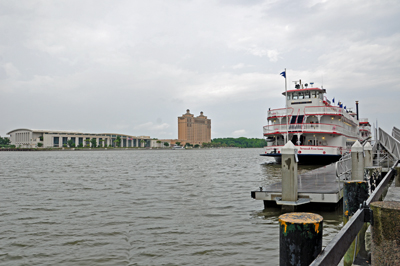 |
|
| The two RV Gypsies had lunch at a restaurant on River Street and took this picture of a container ship leaving the Port of Savannah after passing under the Talmadge Memorial Bridge and proceeding down the Savannah River past the Savannah Historic District. | |
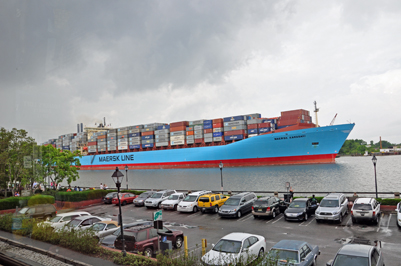 |
|
 There are several navigational choices below |
|
OR After you have seen all of the above,Continue Navigation in any year, any place, in the order
of your choice |
|||||

|
|||||
 |
 |
 |
 |
 |
|
 |
 |
 |
 |
 |
|
 |
 |
 |
 |
 |
 |
 |
 |
 |
 |
 |
 |